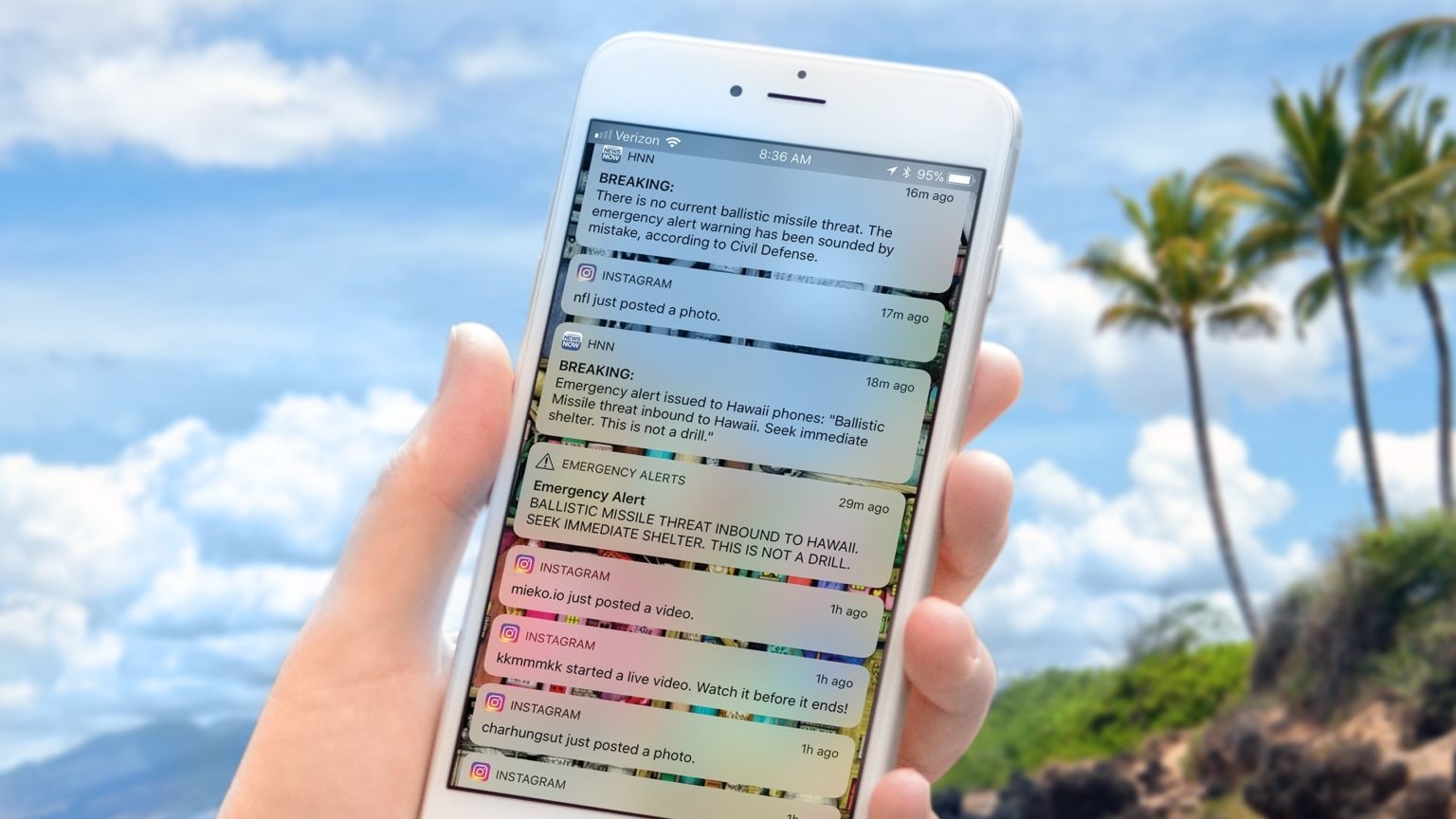ONE Media: NextGen Broadcasting Can Fill Gaps in Wireless Networks During Emergencies
FCC filing laid out the benefits of NextGen Broadcast-based Advanced Emergency Information (AEI) capabilities

WASHINGTON—NextGen Broadcast datacasting via ATSC 3.0 is “an ideal” technology to complement wireless networks, filling coverage gaps and offering seamless delivery continuity during emergencies and disasters, ONE Media Technologies today told the FCC’s Public Safety and Homeland Security Bureau in filed comments.
The wholly owned subsidiary of Sinclair Broadcast Group told the bureau datacasting via ATSC 3.0 can bolster delivery of emergency information that otherwise would rely only the “fragile” existing wireless system that “can be impaired or entirely disabled during times of crisis, when alerting is most needed.”
The filing pointed to wildfires in Maui and California as examples of cell tower destruction during disasters and network overload during the Jan. 6. 2021 riot when cell traffic swamped delivery of vital information as only a few instances that “highlight the perils of overreliance on cellular service.”
NextGen Broadcast, now covering about three-quarters of the U.S. population, can deliver “much needed redundancy and enhance the quality and targeting of… emergency alerts,” it said.
The ONE Media filing laid out the benefits of NextGen Broadcast-based Advanced Emergency Information (AEI) capabilities. Topping the list is the ability of NextGen Broadcast AEI to reach mobile devices regardless of cell coverage.
The filing pointed out that 3.0 transmission enables advanced alerting capable of distributing emergency messages even when cell networks are unavailable, power has been interrupted, high winds are present and falling trees are an issue.
“… [T]he NextGen Broadcast standard was purposely built to be a mobile-first standard and reflects the designed-in capabilities to reach all portable devices,” the filing said. “Thus, rather than getting frozen out because of a downed cell tower, power outage, or an overloaded cell system, NextGen Broadcast AEI can continue to provide critical information instantly and directly to all users in affected areas in even the most extreme circumstances.”
The professional video industry's #1 source for news, trends and product and tech information. Sign up below.
Working with Saankhya Labs and partly financed by the Indian parliament, ATSC 3.0 is being demoed as a “Direct-to-Mobile” technology pilot program that serves that nation’s bandwidth needs. The demonstrations offer “an excellent use case” to inform “U.S. domestic AEI policy,” the filing said.
For the pilot, ATSC 3.0-receiver-enabled devices like the Mark ONE smartphone, dongle accessories and Wi-Fi hotspots are being demonstrated.
“India’s adoption of the standard would be a monumental step toward international synchronization of the NextGen Broadcast standard and inevitably propel manufacturing of consumer devices to serve a vast population, resulting in benefits to consumers in the U.S. and around the world in the form of more (and more affordable) mobile ATSC 3.0 device options,” the filing said.
The filing also laid out five different examples demonstrating how NextGen Broadcast AEI can alert users regardless of the availability of cell or Wi-Fi service or while they are running other applications. It also presented a link to a video demonstrating four of the five use cases using the Mark ONE phone and 3.0.
Other benefits explained included: enhanced alerting capabilities, such as delivering rich multimedia like maps and evacuation routes, as well as distributing large amounts of encrypted data to emergency responders across a market; broad coverage; and operation by existing EAS participants setup to receive and retransmit IPAWS-delivered alerts.
The filing also discussed several successful NextGen Broadcast ADI pilots, including a launch involving the Metropolitan Washington Council of Governments in April.
Phil Kurz is a contributing editor to TV Tech. He has written about TV and video technology for more than 30 years and served as editor of three leading industry magazines. He earned a Bachelor of Journalism and a Master’s Degree in Journalism from the University of Missouri-Columbia School of Journalism.

